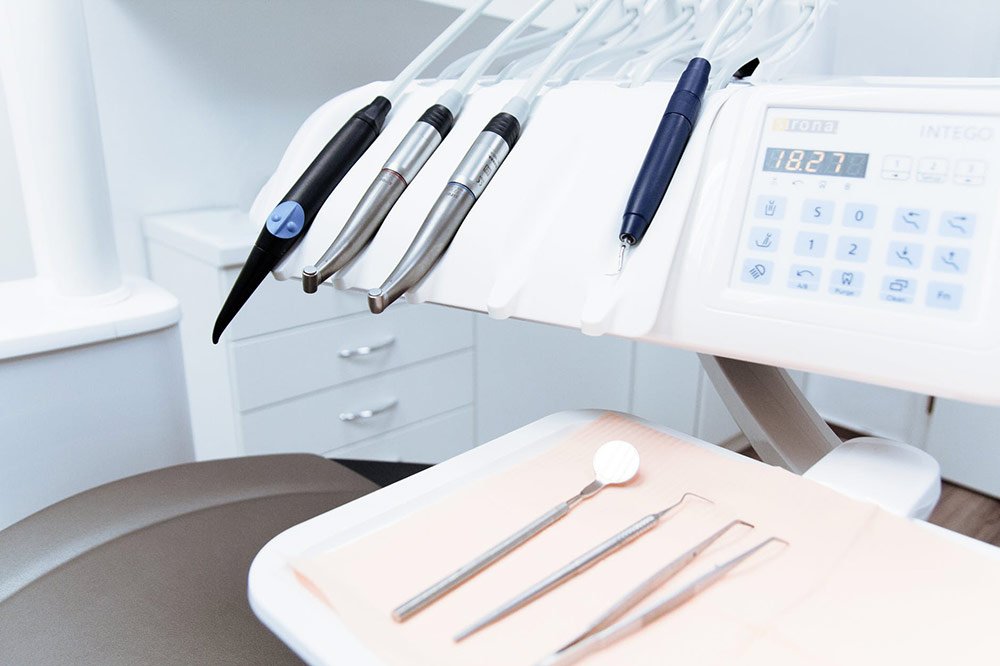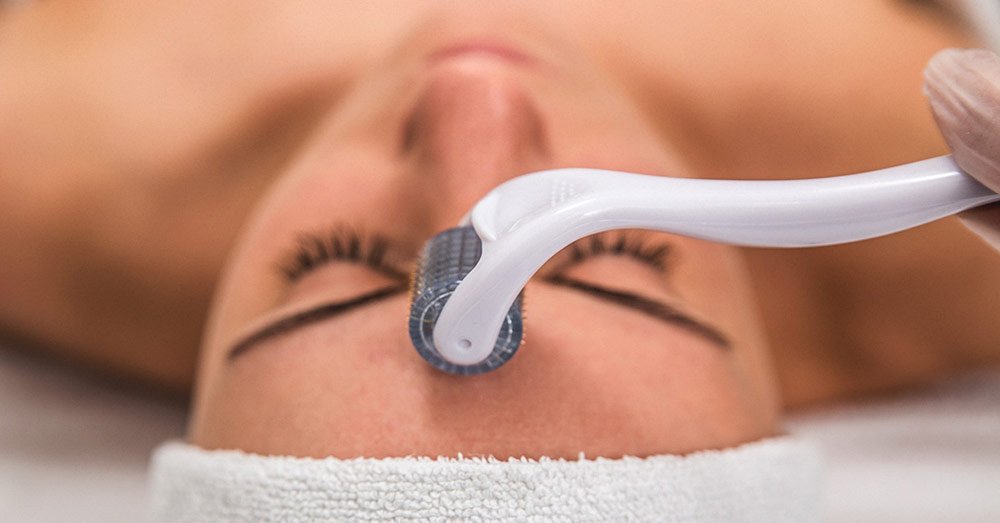Hair loss is a common issue of concern in males. It is usual to lose up to 100 strands a day which grows back in some days, and the cycle continues. If you lose hair at a faster pace than the growth of new hair or if you have no regrowth of hair at all, then that is known as hair loss. Hair loss can be described as thinning crown in males or a receding hairline. Almost 85% of men face hair loss issues at some phase of their lives. Men’s baldness can be due to different reasons. With the advancement in science and the medical field, there are a lot of advanced techniques and treatments that can act as an efficient hair loss cure. The various reasons and remedies for hair loss are discussed further.
Table of contents
- Why does hair loss happen
- Male pattern baldness – The biggest reason for men’s baldness
- Other reasons for men’s baldness
- Men’s baldness – treatments and solutions
- Medicine
- Hair transplant
- Stem cell hair transplant
- PRP Therapy
- Takeaway
1. Why does hair loss happen?
Hair loss is one of the primary things to occur in a male’s lifetime, and there are various reasons that can be responsible for it.
- Male pattern baldness – The Biggest Reason for men’s baldness
Male pattern hair loss or androgenic alopecia is one of the most usual causes of men’s hair loss. As per the U.S. National Library of Medicine (NLM), almost 50% of men over the age of 50 experience male pattern hair loss to some extent. It is a hereditary condition governed by a byproduct of dihydrotestosterone (DHT). Hair follicles are sensitive to DHT and therefore shrink over time in the presence of DHT. With smaller hair follicles, the life span of each hair also becomes shorter thereby, eventually stopping the complete growth of hair. The extent of male pattern baldness is measured on a scale of 1 to 7 using the Norwood classification system. In male-pattern baldness, the men’s hair loss follows a specific pattern which includes:
- Thinning of hair on top of the head and around the temple region. This leaves hair around the sides and the back of the head only.
- Receding of the front of the hairline, that pushes the hairline further back on the head.
- Other Reasons for Men’s Baldness
- Certain diseases like anaemia, arthritis, gout, depression, heart issues, thyroid issues, and high blood pressure can lead to hair loss. The chemotherapy given to patients with cancer also leads to hair loss.
- Alopecia areata: It is a condition wherein the body’s immune system attacks its own hair follicles, leading to hair loss. In this condition, hair falls out in small patches on your head and can also affect other parts of your body like beard, eyelashes, and eyebrows. In such a condition, the hair may or may not grow back.
- Telogen effluvium: This is a condition that refers to hair loss that is triggered due to a certain stressful event, surgery, accident, drastic weight loss, or illness. The hair would usually grow back in 2 to 6 months in such conditions.
- Nutritional deficiency: Just like your body, your hair needs specific nutrition to grow. Optimal levels of protein, iron, and vitamins are necessary to ensure proper growth and health of hair.
- Medications: Certain medicines are also responsible for hair loss. These include chemotherapy, antifungal, acne, anticoagulants, blood pressure, immunosuppressants, antidepressants, and cholesterol-lowering drugs.
2. Men’s Baldness: Treatments and Solutions
There are several traditional and advanced treatments available to prevent hair loss and facilitate the regrowth of hair. The treatments for hair loss cure include:
- Medicines:
Many over-the-counter foams and ointments are available that can considerably prevent hair growth. The most common medicines used for hair loss are finasteride and minoxidil.
Minoxidil or Rogaine: It is one of the safe and effective medicines for hair loss. It extends the growing phase of hair, leading to longer hair growth and more hair strands.
Finasteride: It is also known as Propecia. This medicine is used mainly for the treatment of male pattern baldness. It works by decreasing the concentration of DHT hormone, which is responsible for causing male pattern baldness. Reducing the levels of DHT not only promotes hair growth but also slows down the rate at which hair fall occurs.
- Hair transplant:
Hair transplant procedure uses the existing hair to restore hair in men. It is a surgical treatment and one of the best scalp treatments for hair growth. In this method, a dermatological surgeon the hair from the side or back of the head or other body parts are taken and transplanted into the bald area of the head. Hair transplant can be done through two different techniques: FUE and FUT.
Follicular Unit Transplantation (FUT): It is a technique wherein several inches long strip of scalp skin is taken from the back of the head. These hair follicles are taken from the strip and implanted into the bald area of your head. The hair that grows from these strips gives you natural-looking hair on your head.
Follicular Unit Extraction (FUE): In this technique, tiny punch incisions are used to cut hair follicles from the back of the head directly. These follicles are then implanted into the bald regions present on the head. There are no scars made during this procedure. It is an advanced hair transplantation technique.
- Stem cell hair transplant:
This hair transplant approach is very similar to the traditional hair transplant technique. In stem cell hair transplant, a small skin sample is removed from the head, and hair follicles are harvested from the sample. The hair follicles are then replicated in the lab to generate a large number of hair follicles. The replicated hair follicles are implanted back into the bald region of the scalp. Therefore, the hair grows not only in the region where transplantation has been done but also in the area from where hair follicles are harvested. Stem cell hair transplant is currently the latest and most researched area of hair loss treatment.
- PRP therapy:
PRP therapy refers to the platelet-rich plasma therapy. This is an advanced hair growth therapy wherein 5-10ml of blood is taken from your body. This blood is centrifuged to separate the platelet-rich plasma component of the blood from the rest of the blood components. This solution contains high content of growth factors. When this solution is injected into the scalp, the growth factors facilitate blood circulation in the scalp. The improved blood circulation promotes the regrowth of lost hair. Since this procedure uses your own blood, it is a very safe treatment option with minimal risks or side effects.
Takeaway
Men’s hair loss is a natural phenomenon that can occur due to genetic factors or other health conditions. Hair loss is not avoidable, but it can be delayed and treated. Over-the-counter medicines and other medical procedures can help you regrow the hair and overcome baldness. Hair is an essential component of your personality that gives you the confidence to face the world. At Alive Wellness, we understand the importance of natural-looking hair in your life. Therefore, at Alive Wellness, you will find cutting-edge technology that ensures the highest level of service and treatment standards that will help you get your natural looking hair back.


